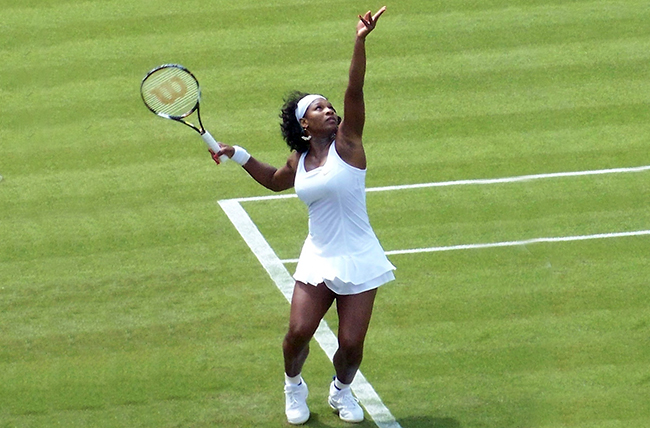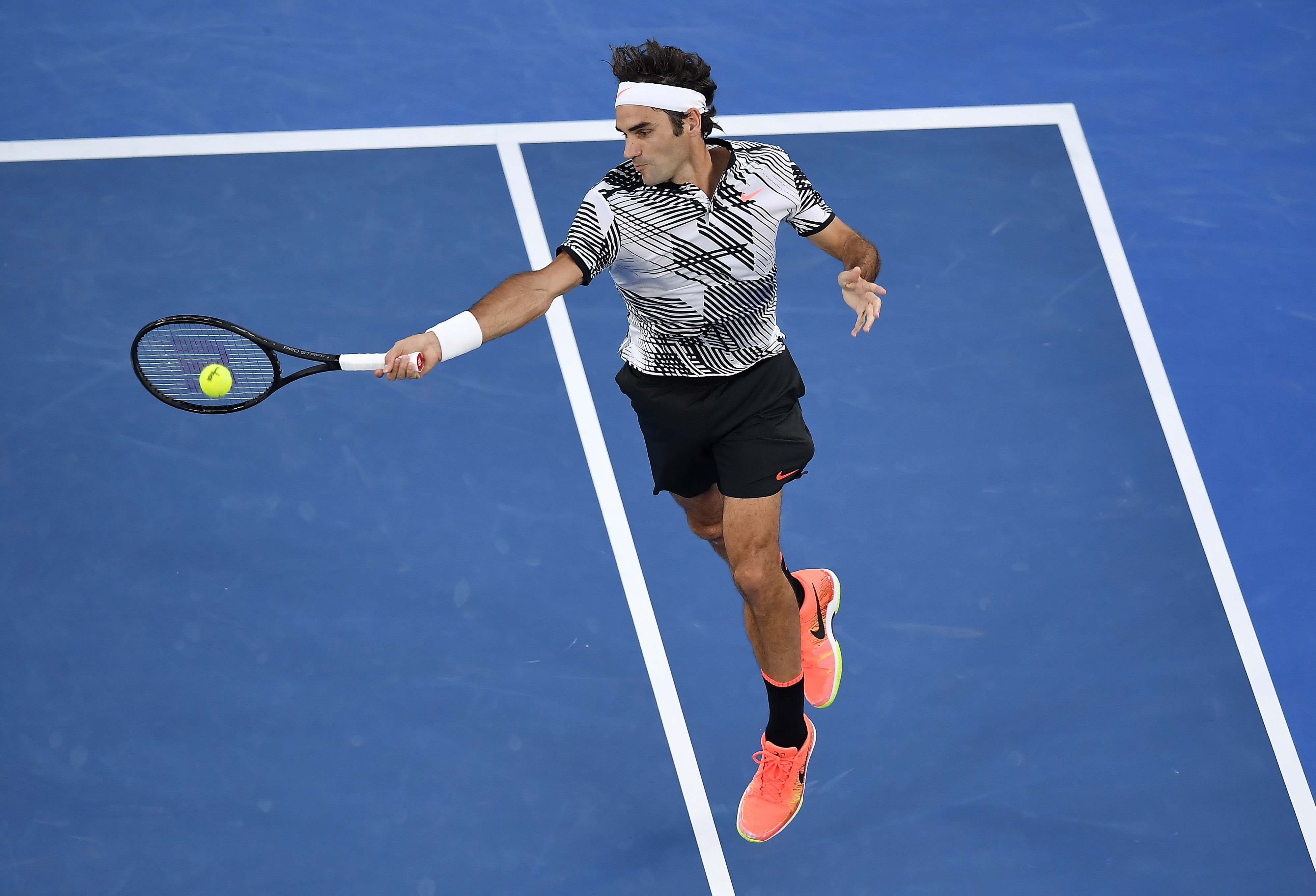It is a myth perpetuated on this forum that all Babolat racquets are bad. I went through 3 major racquet demo trial sessions in the last twenty years trying 12 oz racquets from all different brands - picked the Pure Control (2000), AeroStorm Tour GT (2011), Pure Strike Tour (2014). In the first two trials of 10-15 racquets, I was truly brand-agnostic and picked the racquet that felt best to me. By 2014, I was brand-loyal and more prone to picking Babolat if it suited my needs. When I bought Babolat in 2000, the brand was unknown for racquets in California and I was one of the first adopters.
Since Babolat makes two highly popular tweeners (Drive, Aero) with high stiffness, people just associate their brand with those racquets. In reality, they have always made heavy, thin beam, flexible/medium stiff players racquets also like the Pure Control, AeroPro Control, Pure Storm Tour, Aero Storm Tour, Pure Strike Tour etc. Every brand makes light/thickbeam/stiff brands for beginners along with heavy/flexible racquets, but only Babolat is treated on this forum as if they make only thickbeam/stiff racquets. There are so many Babolat-endorsed pro players, college players and junior players playing tennis at an advanced level invariably with poly. If one of them gets injured, there is always hype on this forum about Babolat being responsible. Meanwhile, guys like Tsitsipas, Djokovic, Del Porto get wrist/arm injuries and no one blames their racquet brand. According to this link, “
Venus Williams,
Bjorn Borg,
Aleksandra Wozniak,
Andy Murray and
Juan Martin Del Potro have all suffered from tennis elbow”.
Are you an avid tennis player? Learn about the most common types of injuries, the famous tennis players who have experienced them, and how you can prevent injury in your own play.
www.pennmedicine.org
The reason Babolat is so popular and in 25 years has become one of the top two or three best selling racquet companies (they made only gut strings before that for tennis) is because their racquets always have a bigger sweet spot and more comfort for a particular stiffness than comparable brands. Other racquets with stiffness RA at 70-72 like the Pure Drive/Pure Aero are almost unplayable from a comfort standpoint and that’s why Babolat has dominated that niche. I wouldn’t play with those racquets as they are too powerful, but I find the same big sweet spot with their 12 oz, more flexible players racquets also throughout the last two decades. I have played with their 12 oz racquets with stiffness in 65-68 RA range while other heavy racquets with stiffness in that range feel more uncomfortable for me - with other brands, I have to go down to low-sixties RA for comparable comfort and then I miss the Babolat power on serves.
I have had tennis elbow pain twice and never with any Babolat - once in the late Nineties with a Head Ti S2 and the other when I fooled around with a Volkl VSense 10 (325) 4 years ago both strung with gut in the high-fifties. I don’t go around trashing those brands because I know that they make many other solid racquets also. The S2 was wrong for my game and I made the wrong choice after a break from tennis for a decade - that’s when I started learning about racquets and joined this forum for the first time in 1999. I still don’t know why the Volk was bad for me as the specs fit my sweet spot - it also injured my friend who tried it a couple of times and so, I sold it quickly. Check the vibration frequency of racquets before you buy them as it correlates to comfort quite well - don’t believe other misinformation on this forum about brands as there is a herd mentality in general. So many hard rules and urban myths on here - ‘Good players don’t play with lighter racquets’, ‘Poly will cause injury always for older players’, ‘Babolat is bad’, ‘Don’t hybrid with shaped polys as it is like a knife cutting through butter’, ‘If you get tennis elbow, you have lousy technique’, ‘If you don’t break poly within 10 hours, you are no good’, blah, blah, blah!
Most players get tennis elbow issues because they string poly over 50 lbs and then play with it till they break it. The problem is that most polys go dead within 10-15 hours and transmit a lot of vibrations to the arm whatever racquet you play with (stiffer is worse of course) - so, if you don‘t break it close to that time frame, you will get injured. That’s why beginners and intermediates get injured by poly more than very advanced players who might even play at higher tensions - the advanced guys break the poly before it goes dead and becomes a health hazard.
My joke is that on this forum when people get tennis elbow issues from playing with dead poly, they react in two different ways.
- If their racquet is a Babolat, they blame the racquet and come and post here that Babolat makes junk.
- If they play with Head, Wilson, Volkl or Yonex, they blame the strings and go buy another racquet from the same brand.
In real life at my club, people get injured with all kinds of racquets and in 90% of the cases, they played with dead poly for too long. Lastly, you choose a racquet, string and tension combination that works for your game and you can always mix and match stiff racquets, soft racquets, stiff strings, soft strings, hybrids, high tensions, low tensions etc. till you find something that works great. I am not particularly hung up anymore on conducting major racquet trials and string experiments like I used to do when I was younger. When you play 500-700 hours a year like I do, I don’t need to listen to other subjective opinions and I can mix and match till I find what I like - just want to have fun, hopefully win a lot and play daily without injuries.


